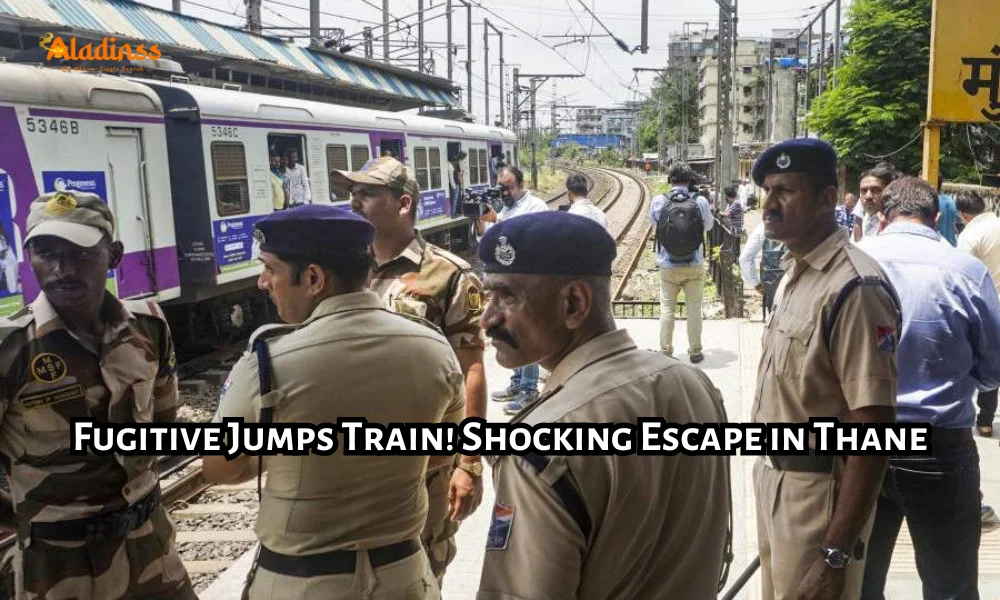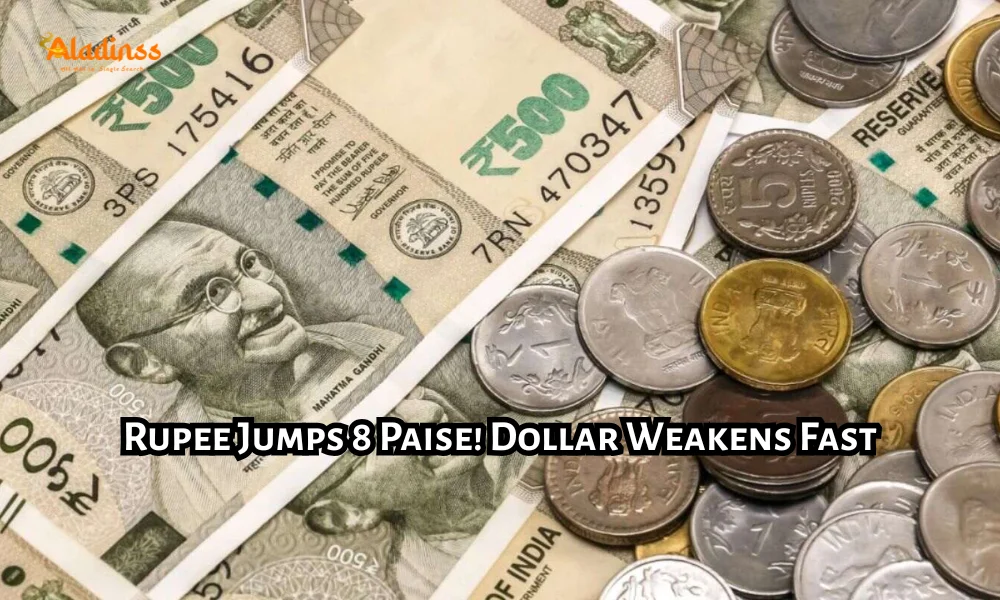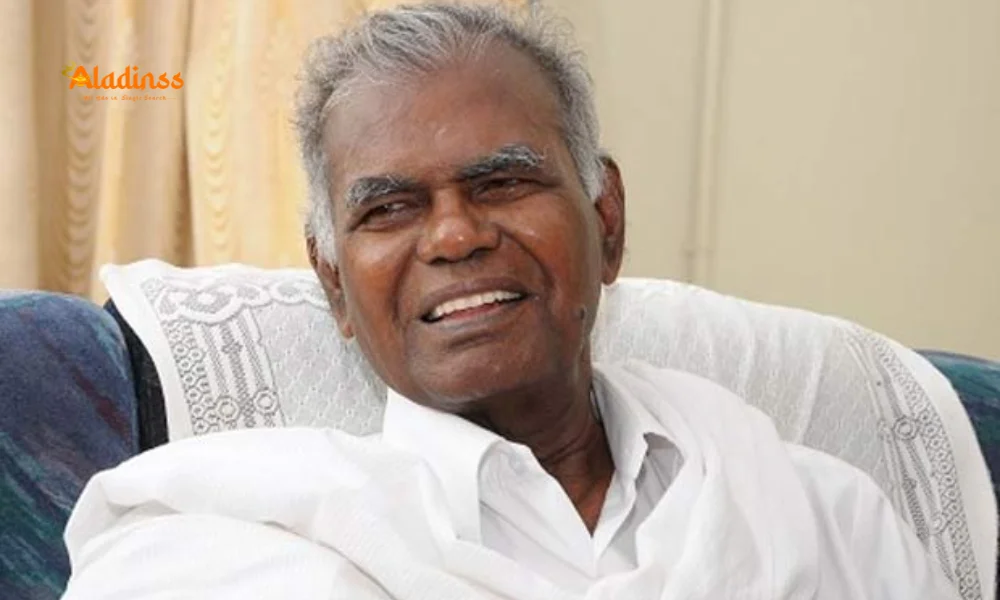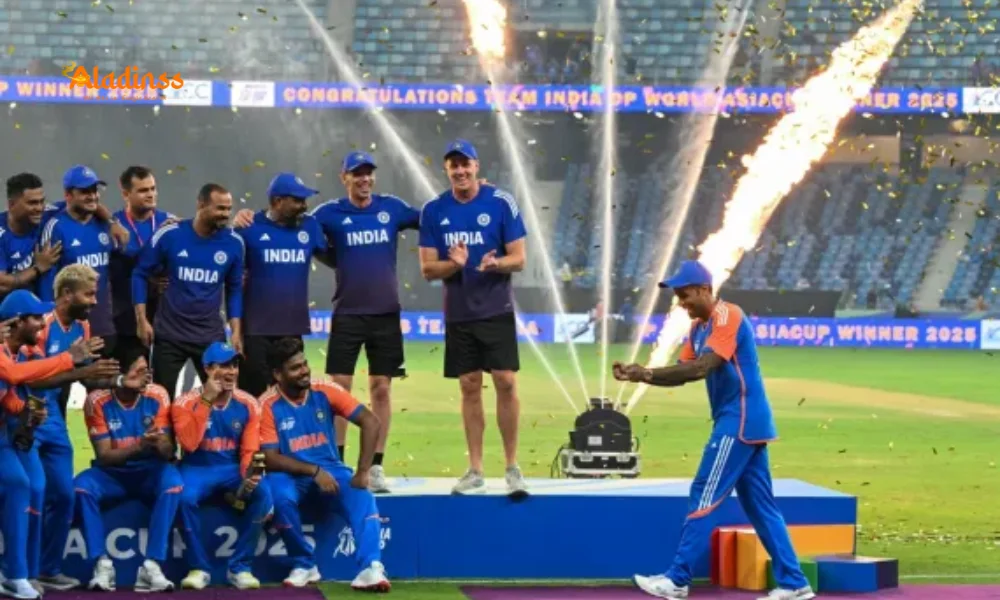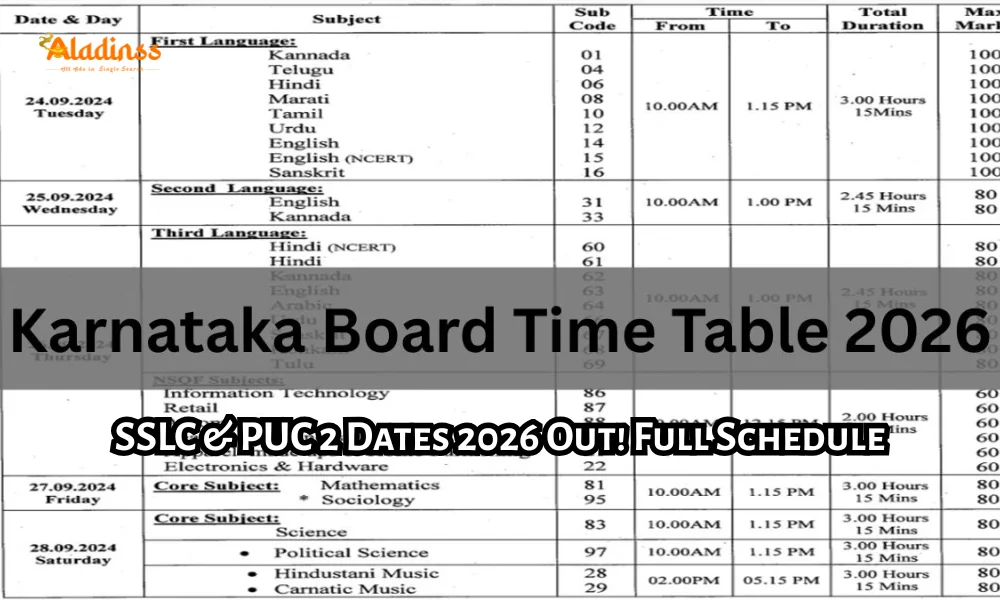Trump Says 8 Planes Down in India Pakistan Clash India Denies

Trump Claims 8 Planes Down in India-Pakistan Clash – India Rejects US Role Again
US President Donald Trump has doubled down on his controversial narrative about the India-Pakistan ceasefire 2025, now claiming that eight fighter jets were shot down during the brief military flare-up earlier this year. Speaking at a public event, he insisted that American diplomatic pressure tied to trade negotiations forced both nuclear-armed neighbors to stand down within 24 hours.
This marks the latest escalation in Trump’s storytelling, with the plane count rising from previous mentions of “several” to now a specific seven to eight aircraft lost. Indian officials, however, continue to firmly deny any third-party involvement, asserting that the ceasefire was a bilateral decision reached directly between military commanders on May 10, 2025.

Trump’s Latest Version: Trade Deals, Planes, and a “Long Night” of Talks
According to President Trump, he was in the final stages of negotiating a major trade package with both India and Pakistan when intelligence reports surfaced about an impending armed conflict. “I saw it on the front page they were going to war,” he told supporters. “Eight planes were shot down, essentially. Seven confirmed, the eighth badly damaged.”
He described a tense overnight diplomatic push, claiming he warned both Prime Ministers that no trade deals would proceed if hostilities continued. “I told them straight: ‘You’re nuclear powers. You fight, you lose everything including my business,’” Trump recounted. Within hours, he says, both sides agreed to a ceasefire and resumed trade talks.
This version aligns with his broader foreign policy narrative, where he lists the India-Pakistan de-escalation among eight global crises he claims to have resolved since returning to office. Other examples include mediation between Kosovo and Serbia, and brokering peace in the Congo-Rwanda border dispute.
India’s Official Response: No US Involvement, No Planes Lost
The Ministry of External Affairs (MEA) in New Delhi has issued multiple clarifications rejecting Trump’s account. “The ceasefire was a sovereign decision taken through direct military-to-military communication on May 10, 2025,” an MEA spokesperson stated. “No foreign government, including the United States, played any role in the process.”
Indian defense sources also dispute the claim of aircraft losses. While both sides engaged in limited aerial skirmishes along the Line of Control (LoC), official records show no confirmed shootdowns. Pakistan initially claimed to have downed an Indian Su-30MKI, but satellite imagery and wreckage analysis later proved the jet returned safely to base.
“There were no planes shot down not seven, not eight, not one,” a senior Indian Air Force officer told journalists on condition of anonymity. “This appears to be a conflation of unverified social media reports from the fog of war.”
- May 8, 2025: Cross-border shelling intensifies in Poonch and Rajouri sectors
- May 9: Indian drones neutralize Pakistani forward posts; limited dogfight reported
- May 10, 2:15 AM: Pakistani DGMO requests hotline call
- May 10, 4:30 AM: Ceasefire agreed; firing stops by dawn
- May 11: Both sides confirm de-escalation via backchannel
Why Trump Keeps Repeating the Story – And Why the Numbers Changed
Since May 2025, President Trump has referenced the India-Pakistan episode in over 60 public appearances, according to White House press logs. The narrative serves a dual purpose: showcasing his deal-making prowess and reinforcing the idea that economic leverage can prevent wars.
The evolving aircraft count from “a few” in June, to “several” in August, to now eight planes down has raised eyebrows among fact-checkers. Analysts suggest the figure may stem from early, unverified Pakistani propaganda videos that circulated on social media during the 48-hour crisis.
“In the heat of the moment, both sides amplify claims for domestic audiences,” said Dr. Shalini Chawla, a South Asia security expert. “But official records and radar data tell a different story. The US had no real-time visibility into the engagement.”
The Trade Angle: Was There Really a Deal on the Table?
Trump frequently ties the ceasefire to ongoing trade negotiations, claiming he used tariff threats as leverage. However, USTR documents show no active trilateral trade talks involving India and Pakistan in early 2025. Bilateral discussions with India focused on steel tariffs, while Pakistan sought GSP+ status renewal two separate tracks with no joint framework.
“There was no combined trade deal,” confirmed a senior Commerce Ministry official. “India and Pakistan do not negotiate trade through Washington. Our economic relations are managed directly or via multilateral forums like WTO.”
Despite this, Trump’s rhetoric has boosted his image among supporters who credit him with preventing a nuclear flashpoint. Polls show 68% of Republican voters believe he “stopped a war between India and Pakistan using smart economics.”
What Really Happened in May 2025? A Timeline
The brief India-Pakistan military crisis began on May 8 after a terrorist attack in Jammu killed 12 civilians. India responded with precision artillery and drone strikes across the LoC. Pakistan retaliated with mortar fire and attempted infiltrations.
By May 9 evening, both air forces scrambled jets in a rare daytime confrontation. Indian Rafales and Pakistani JF-17s shadowed each other but did not fire missiles. Ground-based air defense systems remained on high alert.
The turning point came at 2:15 AM on May 10, when Pakistan’s Director General of Military Operations (DGMO) initiated a hotline call to his Indian counterpart. After 45 minutes of discussion, both sides agreed to an immediate halt in hostilities. By sunrise, silence returned to the border.
International observers, including the UNMOGIP, confirmed the ceasefire held without external mediation. Satellite imagery showed no wreckage consistent with downed aircraft.
Global Reactions and Diplomatic Fallout
China, a close ally of Pakistan, praised the “responsible behavior” of both nations but made no mention of US involvement. Russia called for restraint and offered mediation an offer neither side accepted.
The US State Department has remained notably quiet on Trump’s claims. When pressed, a spokesperson said: “We welcome de-escalation in South Asia and support direct dialogue between India and Pakistan.” No official credit was taken for the outcome.
In India, opposition leaders have used Trump’s statements to criticize the government’s foreign policy. “If America can claim credit for our ceasefire, what does that say about our sovereignty?” asked a Congress MP during a parliamentary debate.
Why This Matters in 2026: Nuclear Stability and Great Power Rivalry
The India-Pakistan border remains one of the world’s most dangerous flashpoints. Both nations possess over 160 nuclear warheads each, with delivery systems capable of striking major cities within minutes.
Any miscalculation whether from inflated claims, social media disinformation, or accidental escalation could trigger catastrophic consequences. The May 2025 incident underscored the value of existing hotlines and backchannel communications, not external intervention.
As global powers vie for influence in South Asia, narratives like Trump’s risk distorting historical facts and undermining confidence-building measures. India and Pakistan have maintained the ceasefire for over six months a fragile peace built on mutual interest, not foreign pressure.
The Trump India-Pakistan ceasefire claim may energize his base, but it complicates diplomacy for both New Delhi and Islamabad. For now, the official record stands: two neighbors stepped back from the brink on their own terms.
Comment / Reply From
No comments yet. Be the first to comment!
